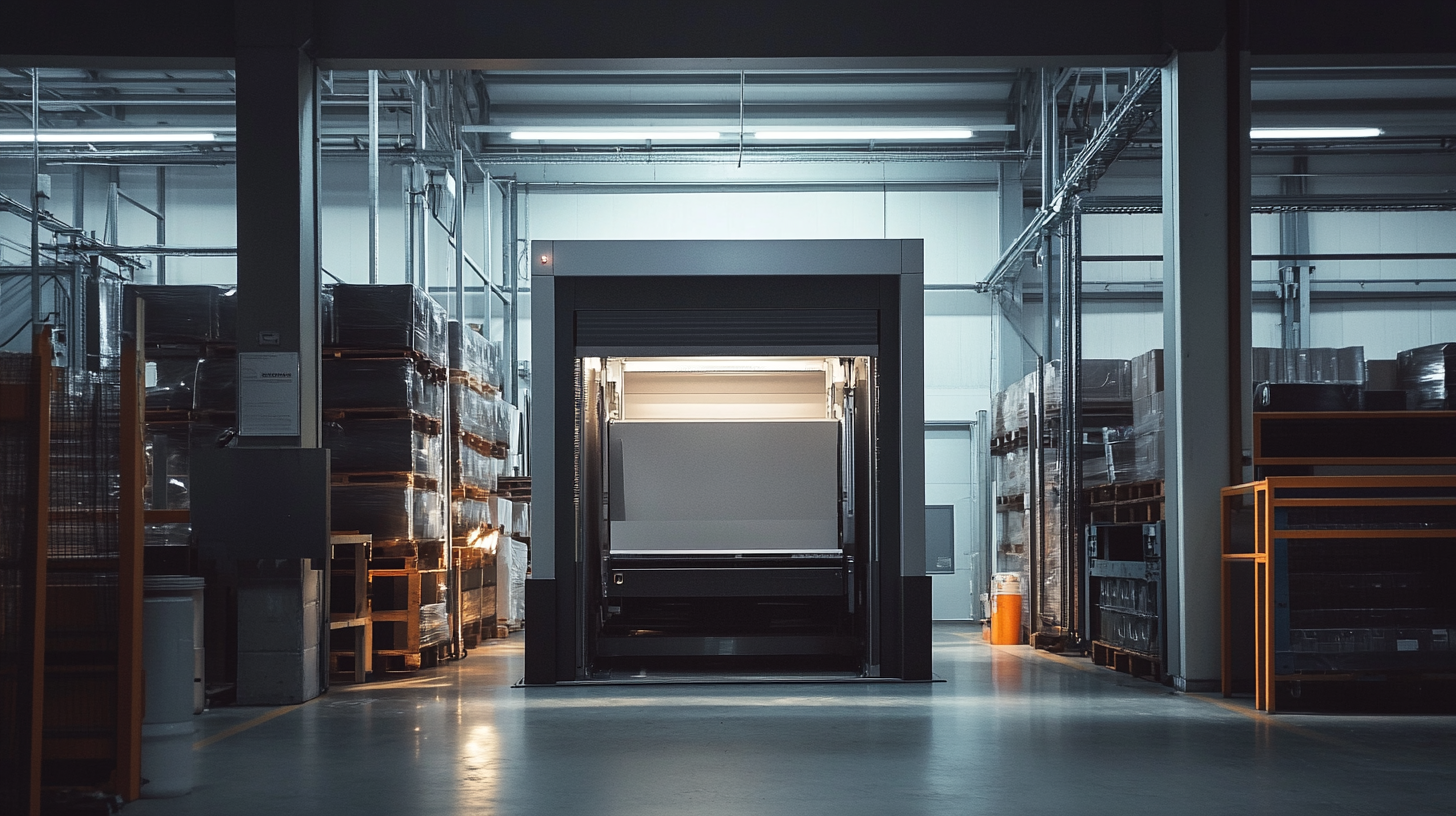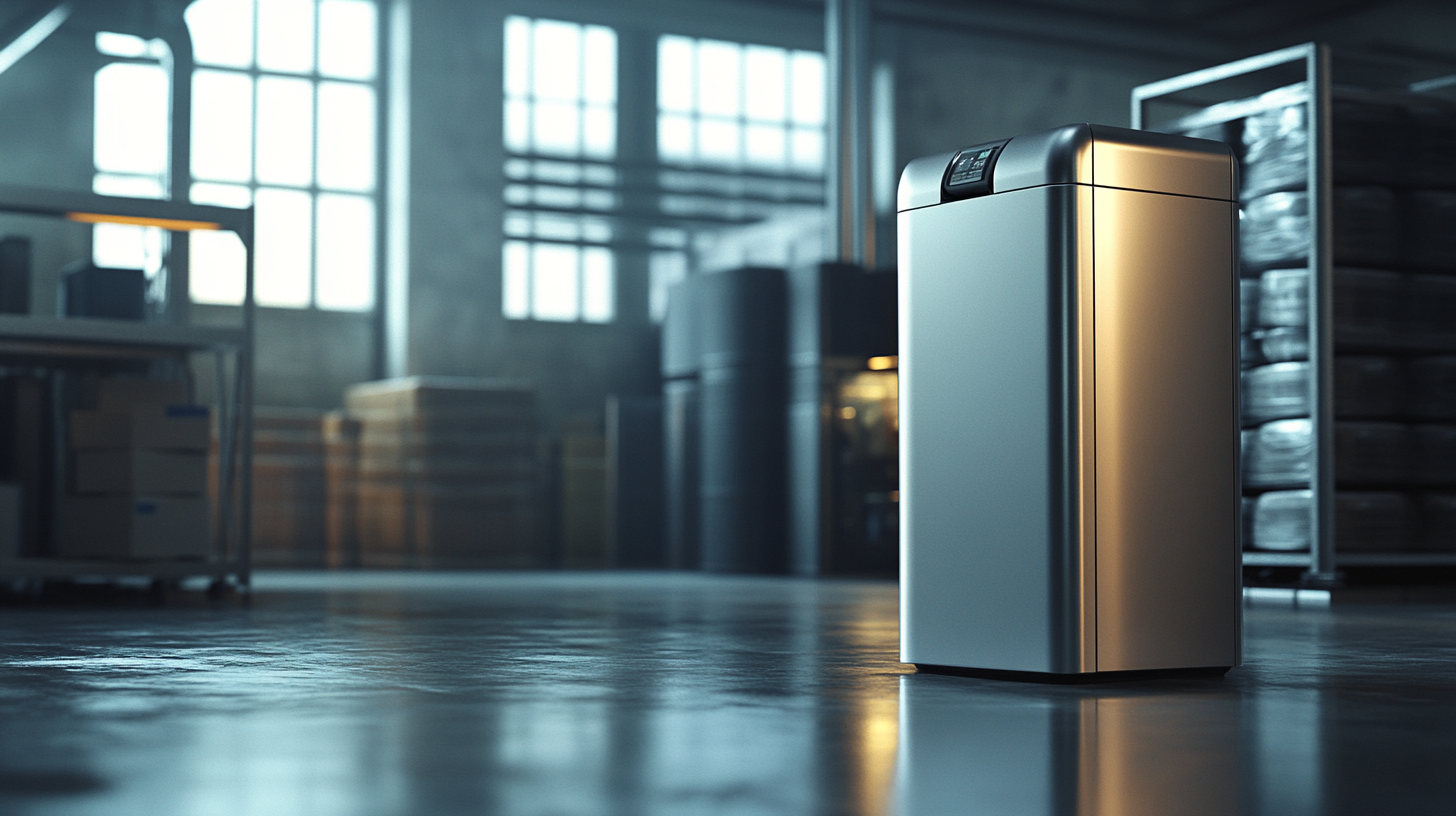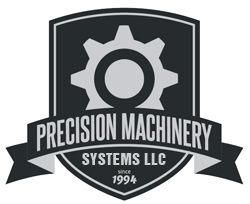Setting the Benchmark for In Home Trash Compactors in Global Manufacturing Standards
The growing awareness regarding the environment and the demand for new waste management alternatives have catapulted "In Home Trash Compactors" into some measure of prominence in averting house waste. According to the latest report by the Environmental Protection Agency (EPA), around 292.4 million tons of municipal solid waste were generated only in the United States in 2018, which stands testimony to the urgent need for proper waste management. Traditionally, the compacting works in such a way that it reduces the volume of trash, but it also creates a positive impact on recycling and its responsible disposal thus tackling the increasing issues associated with urban waste management.
In addition market views indicate that the global market for in-home waste compactors would have sustained significant growth with analysts projecting a CAGR of around 6.3% from 2021 till 2028. This growth is based on technology and design advancements that are making user experience better and increase efficiency. As manufacturers try to develop new benchmarks in global manufacturing standards with environmental values and user convenience, the "In Home Trash Compactor" glorifies hallmark solutions in waste reduction. The blog will discuss the latest innovations and market trends and what the future looks like for in-home compactors, meeting consumers' needs for today and tomorrow while also saving the environment.

Understanding the Importance of In-Home Trash Compactors in Modern Households
On fast-paced modern-day life, efficiency and sustainability are becoming the keywords for homes. Thus, home trash compaction becomes really essential kitchen equipment. Such machines give the user a huge volume reduction and really make a living place happier and much cleaner. Learning about the usage and importance of trash compactor can shower lots of benefits for families that strictly manage their waste. Convenience use-rated in-home trash compactor improves the process of efficient waste disposal. It squeezes the waste 75% but decreases the number of times the homeowner goes outside to empty a bin, thereby saving time and energy. This is even more important in urban areas, which for space-strapped people have become difficult because of the need to trip back and forth to the trash-collect area. Besides, the compact size also reduces the environmental impact associated with waste transport, thus making them a green alternative for very responsible consumers. Trash compactors have aesthetic benefits apart from purely functional duties. They can be very easily integrated into a design for a kitchen, leaving the whole place uncluttered. In-home compactor facilities are signposts of how sustainable the household is. Their use becomes more important in a world progressively considering the need to reduce waste. As with all other forms of household appliances, so will these appliances witness changes influenced by new global manufacturing standards, thereby achieving further improvements in bringing the features essential to modern families while making responsible consumers a habit.

Key Features of High-Quality Trash Compactors for Consumer Satisfaction
In working toward consumer satisfaction for in-home trash compactors, much depends on a set of characteristics that ensure their quality. Durability, for instance, ranks first. These units must be capable of withstanding daily abuse, hence the choice of such materials as stainless steel. Stainless-steel does not rust or corrode, and it also has a certain attractiveness that can go very well with any kitchen design.
Efficiency is another characteristic. A quality trash compactor should compress waste in such a manner as to maximize the space it occupies and minimize the number of times one goes to the outdoor bin. One with a powerful motor and advanced compaction technology will decrease trash volume to a large extent, providing an environmentally friendly option. Also, noise level is a concern for many consumers; hence, quiet operation technology ensures that the trash compactor doesn't interfere with the normal living environment.
Lastly, user-friendly controls go a long way toward enhancing consumer satisfaction. Such easy-to-use features as a touch panel and pre-settings allow the household user to operate the compactor easily. Safety features including auto shut-off and child-proof locks are a further benefit in a household environment. In sum, these key features ensure that trash compactors maintain their functionality, hence increasing consumer confidence in their purchase, a new yardstick for the manufacture of these vital kitchen appliances.

Global Manufacturing Standards and Their Impact on Trash Compactor Efficiency
The emphasis on the energy efficiency of various household appliances, including trash compactors, has intensified in an increasingly environment-conscious world. These global manufacturing standards are essential in determining the efficiency of these machines concerning waste disposal and the environment. Following prudent design, energy-consumption, and performance standards, manufacturers are ensuring that trash compactors are environments and carbon-footprint-friendly by not only limiting waste volume but also limiting carbon emissions.
A big subset of these global manufacturing standards seeks to promote energy efficiency. As these regulatory requirements become stringent, manufacturers have to innovate and manufacture compactors with lower power requirements for maximum compression. This not only results in savings for the users but also fosters energy savings in the industry. Less energy means fewer disposal trips, which place less strain on waste management systems and thus enhance urban livability.
Besides, the provision of safety and reliability is another area where global standards intervene to guarantee that trash compactors work with integrity. Newer safety measures stipulated by these standards guarantee user protection and operational efficiency. The quest for these standards has led to a trend towards manufacturers incorporating smarter technology and user-friendly features further expanding the role of the compactor in modern homes. Global manufacturing practices serve as a basis for nurturing innovation and the pressing matters of today in waste disposal.

Innovations in Trash Compactor Design: A Look at the Future
The use of technology and changing designs is reshaping the entire scene of waste management in homes. It is not only improved but also compact and smart. Gone are the old, bulky trash compactors. Today's manufacturers are utilizing the latest technologies and eco-friendly materials to create intelligent, efficient trash compactors meant for modern households. They transform trash compactors from mere appliances into an integral and seamless part of the user's daily lifestyle and trash disposal.
The primary breakthrough is the incorporation of smart technology into a trash compactor. App connectivity is one of the associated features and enables users to be updated on their waste levels, disposal notifications, and even information on their habits of waste management. This feedback gives real-time updates to homeowners on their carbon emissions and helps them optimize waste reduction strategies through conscious buying decisions. The most important reason for consumers to consider while choosing a new product is in energy efficiency.
The design aesthetic of trash compactors is also being changed so that it would easily fit into modern home interiors. Sleek lines and customizable finish allow this appliance to be integrated into kitchen surroundings, making it less of an eyesore and more of a functional design element. Manufacturers are also looking into greener material options so that in future models, the practical function may also come with a feel-good environment feature. All these innovations promise a future that holds a brighter prospect for trash compactors as these take up the forefront in changing how people will be managing waste at their home.
DE-NEW-ED: Turned on its head are the rules by which home waste management is usually played. Innovations in the trash compact that have redefined usage on the bulky, old, really large units that compressed waste are no more. Manufacturers have come into the new era with today all modern technology and materials sourced from nature for the more intelligent, more efficient, and practical trash compactors for modern households. The innovations here elevate functionality yet focus on the user experience so that all this becomes part and parcel of living with this waste disposal daily.
One of such impressive improvements is the smart technology inclusion in trash compactors. App connectivity is among the features that enable users to know their waste levels, get disposal notifications, and even be given details of their waste management habits. This real-time feedback empowers homeowners to make environmentally conscious choices in optimizing their waste reduction strategies. Energy efficiency has also become the high consideration for the new models that are designed to cost less energy during operation and pack more waste in less space.
The design aesthetic of trash compactors also changing may be adapted to contemporary home interiors; such sleek lines and customizable finish could allow incorporation of such appliance into kitchen surroundings, thus less of an eyesore and more of a functional design element. Manufacturers are also exploring sustainable materials so that future models can not only serve practical purposes but also go a long way in sustaining the environment. So with these innovations now taking center stage, the future of trash compactors holds a bright prospect in redefining the ways by which waste is managed at home.
Sustainability and Environmental Considerations in Trash Compactor Manufacturing
The past few years have seen a compelling need for sustainability across industry boundaries; thus, manufacturers are called upon to redefine their practices and materials. In-home trash compactors have not been left out in this call. Companies are also driving towards optimum manufacturing processes that allow the inclusion of materials that have environmental utility and reduced environmental impact, all while ensuring performance standards are met. Using recycled metals and biodegradable plastics, for instance, manufacturers are bringing a new switch in the direction of green solutions that talk to the ears of environmentally conscious consumers.
In addition, the energy efficiency design and manufacture of trash compactors is one of the very important considerations. Cutting-edge technologies are used to help minimize energy requirements while producing the same power outcome. Intelligent features such as automatic sensors and energy-saving modes not only increase the ease of usage but also tie in with the larger and more important agenda of reducing greenhouse gas emissions. Tough energy standards as part of the manufacturing process will make sure that all products eventually contribute directly to a sustainable future and hence meet the demands of an evolving increasing discerning market.
Lifecycle analysis is yet another facet of sustainability within trash compactor manufacture. It deals with the environmental effects of a product from initial creation, which involves manufacturing, through usage and ultimately to disposal. Manufacturers that believe in their responsibilities now work hard to ensure high recyclability characteristics or lower end-of-life impacts of their products. This approach sets a clear industry standard for sustainability, demonstrating that responsible manufacturing today has gone beyond mere trendiness and is a part of the fundamentals of modern production systems.
